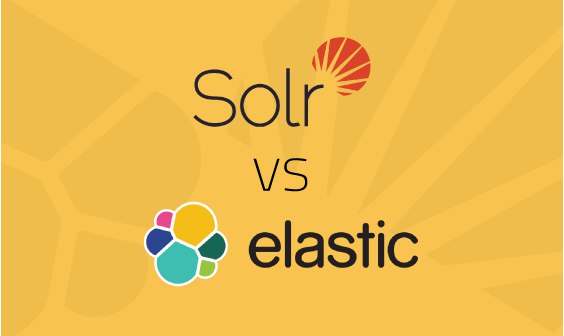AD
Size: a a a
2020 April 28
для поиска не лучше использовать те же поисковые драйверы аля эластик?
Лучше
SR
для поиска не лучше использовать те же поисковые драйверы аля эластик?
В очкомарте у них был solr в этой роли
DL
SR
хз нахера редис засунули
AD
В очкомарте у них был solr в этой роли
Redis вроде в idoctor или как то так называется проект
D
Redis вроде в idoctor или как то так называется проект
+
DL
В очкомарте у них был solr в этой роли
https://logz.io/blog/solr-vs-elasticsearch/
Solr is much more oriented towards text search while Elasticsearch is often used for analytical querying, filtering, and grouping. The team behind Elasticsearch is always trying to make these queries more efficient (through methods including the lowering of memory footprint and CPU usage) and improve performance at both the Lucene and Elasticsearch levels. When comparing both, it’s clear that Elasticsearch is a better choice for applications that require not only text search but also complex time series search and aggregations.
Both search engines use various analyzers and tokenizers that break up text into terms or tokens that are then indexed. Elasticsearch allows you to specify the query analyzer chain, which is comprised of a sequence of analyzers or tokenizers on a per-document or per-query basis. This helps when you have multiple analyzers attached so that the output of one analyzer becomes the input of a second analyzer. In contrast, Solr does not support this feature.
Solr is much more oriented towards text search while Elasticsearch is often used for analytical querying, filtering, and grouping. The team behind Elasticsearch is always trying to make these queries more efficient (through methods including the lowering of memory footprint and CPU usage) and improve performance at both the Lucene and Elasticsearch levels. When comparing both, it’s clear that Elasticsearch is a better choice for applications that require not only text search but also complex time series search and aggregations.
Both search engines use various analyzers and tokenizers that break up text into terms or tokens that are then indexed. Elasticsearch allows you to specify the query analyzer chain, which is comprised of a sequence of analyzers or tokenizers on a per-document or per-query basis. This helps when you have multiple analyzers attached so that the output of one analyzer becomes the input of a second analyzer. In contrast, Solr does not support this feature.
DL
Elasticsearch лучше
SR
Elasticsearch лучше
это был 2014
DL
это был 2014
Выживали как могли
D
тупой вопрос, но что будет при переполнении памяти редисом?
AD
тупой вопрос, но что будет при переполнении памяти редисом?
а что будет с моськой, если дисковое пространство закончится?
D
ну мускул падает и перестаёт отвечать)
D
но там есть понимание,что всё на диске же
AD
тупой вопрос, но что будет при переполнении памяти редисом?
На конфе такой же вопрос был
D
чёрт не дослушал концовку
D
:D
AD
но там есть понимание,что всё на диске же
так в редисе персистентность
DL
чёрт не дослушал концовку






